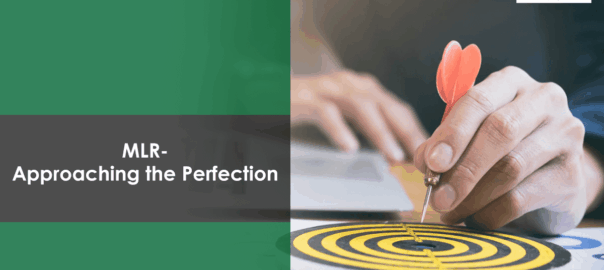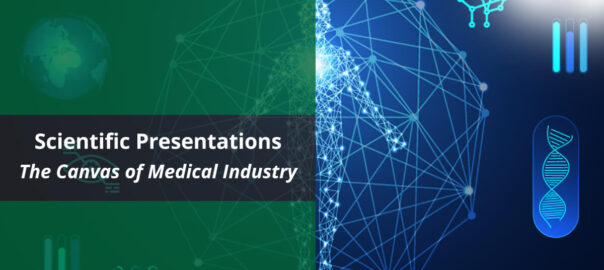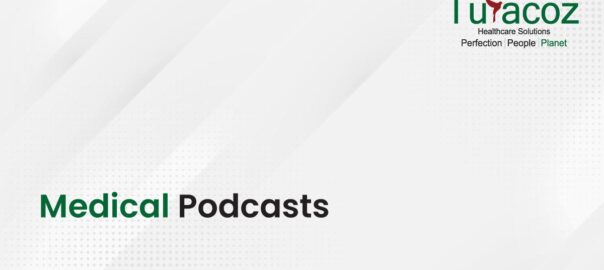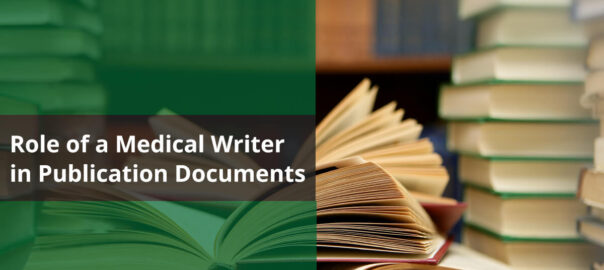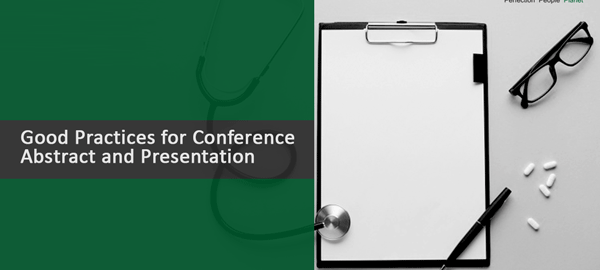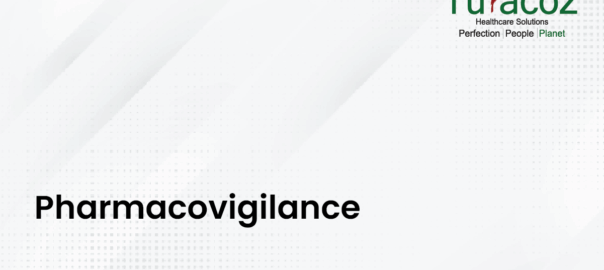Background
Writing is a medium of human communication to express one’s thinking in easily understandable but effective way. The strength of writing is displayed by its knowledge-transforming effects. Knowledge is vital at every stage of research-based endeavours in basic research, clinical research, drug development lifecycle, drug approvals, phases of clinical trials, and post-marketing research. At each stage, this knowledge is passed on in writing to communicate the findings of research to the scientific community, clinicians, regulators as well as public.
Importance of publication
Publishing biomedical research, in the form of case reports, original articles, literature reviews etc. in peer-reviewed journals, is important. Doing so, augments understanding of health, diseases and their management, drug risks and benefits, and helps to improve medical practice benefitting the patients, health community and society at large.
Reasons to not publish
However, despite the fact that most clinicians and researchers understand the need to publish their work, this task may prove challenging to them because of various reasons including lack of time to write and submit, inadequate data analysis support and technical writing expertise, and lack of knowledge of publication practices and guidelines (1). But, we all understand and admit that scientific information can be difficult to read and to comprehend. A poorly written information could easily confuse the reader and leave the audience misinformed. For these reasons, numerous papers are rejected by top peer-reviewed journals.
Medical Writing services
Medical writing is communication of scientific and clinical information in a clear, accurate, unbiased, and logical way to a specific set of target audiences such as clinicians, healthcare professionals, regulators, scientists, patients, and general public. This includes the preparation of different types of documents: Regulatory (e.g. clinical trial protocols, clinical study reports, investigator’s brochures, new drug applications, research proposals, informed consent documents); Publications (e.g. original articles, literature reviews, case reports, editorials, abstracts for conferences); Medical education (e.g. posters, continuing medical education (CME), e-learning modules, slide decks for meetings, brochures and internet content for physicians and patients); and Medico-marketing (e.g. literature for product promotion) (5).
Medical Writing – need and demand
There’s pressing need for effective presentation and dissemination of knowledge to accelerate publishing and decision-making in healthcare. Supporting this, a Portuguese report highlighted the importance of medical writing skills for successful publishing in top-rated journals (2). Furthermore, according to a report, global demand for medical writing market was valued at approximately USD 2.03 billion in 2018 and is expected to generate a revenue of around USD 2.95 billion by the end of 2025 (3). Even in India, the medical writing industry is on an upward growth path (4).
Medical Writer – skills and role in publication
Researchers and clinicians may be best at their jobs, but they may not necessarily have the skills to present their data in an effective manner. A medical writer (MW) is a scientific writing and editing expert with an advanced degree in biomedical sciences (e.g. MBBS, PhD) and robust understanding of biomedical and clinical research, reporting guidelines and publication practices such as ICH, ICJME, GPPs, CONSORT (6). He/she would possess substantial data analysis skills to be able to summarise and present even the most complex clinical research data in a coherent manner. This helps the researchers to achieve objectives such as getting their work published in a respected journal, receiving funding for research projects or finding acceptance of their work by their professional peers.
Therefore, the documents prepared with the support of medical writers are less likely to get rejected or retracted by the peer-reviewed journals as they adhere to the reporting and publication guidelines specified by the journals. Such documents are accepted for publication quickly as good writing fastens the review process as compared to the ones without any such support (7). All this suggests that a MW makes a substantial contribution towards a good quality research publication. In addition to providing writing assistance, a MW advise on the right journals for an article and offer support for editing, journal styling and submitting the manuscript for publication (Figure 1).

A MW has the ability to model his/her writing in terms of most suitable language and level of technical information depending on the target audience. For instance, the documents entitled for medical professionals usually include detailed clinical information or data while the ones intended for common people are in simple language and free of core scientific details. In regulatory writing, a MW is well aware of the prescribed formats and regulatory guidelines to be strictly followed in order to produce the high-quality documents.
MWs are not involved in the conception, design or execution of clinical research, so they are not listed as authors, but their contributions are mentioned in the acknowledgments section of the manuscript (8).
Conclusion
Clear, logical, and accurate writing reinforces the dissemination of reliable research information through good quality publications to varied target audience. MWs play an important role to speed up the publication process to meet the growing need for high-quality, timely publications. Clear understanding of the role of a medical writer in publication development will pave the way for their appropriate use by clinicians and scientists to communicate their research findings to the scientific community.
The Medical Writers at Turacoz Healthcare Solutions (THS) understand and abide by the reporting guidelines and publication practices such as ICH, ICJME, GPPs, CONSORT to deliver high-quality documents communicating scientific and clinical information. Turacoz is a medical communications company, which offers services to healthcare professionals in clinical research, regulatory writing, publication writing, medico-marketing writing, and support for conducting medical advisory board meetings.
If you have any queries, email us at [email protected].
References
- Sharma S. Professional medical writing support: The need of the day. Perspectives in clinical research 2018; 9:111-112.
- Marinho RT, Donato H, Fernandez-Llimos F, Massano J, Silva JM, Almeida M, et al. Think Tank: Relatório estratégico sobre publicação científica biomédica em Portugal. Acta Med Port. 2014;27:1-3.
- Global Industry Perspective, Comprehensive Analysis and Forecast, 2019 – 2025. Available from: https://www.zionmarketresearch.com/report/medical-writing-market. Accessed on 15 July 2020.
- Shirke S. Medical writing on an accelerated path in India. Perspect Clin Res. 2015;6:125-128.
- Bissau J, Borrego P. Professional medical writing: A tool for high quality publications. Acta Med Port. 2015;28:545–7.
- Das N, Das S. Hiring a professional medical writer: is it equivalent to ghostwriting? Biochem Med. 2014;24:19-24.
- Wager E, Woolley K, Adshead V, Cairns A, Fullam J, Gonzalez J, et al. Awareness and enforcement of guidelines for publishing industry-sponsored medical research among publication professionals: the Global Publication Survey. BMJ Open. 2014;4:e004780.
- Angela Stocks, Donna Simcoe, Dikran Toroser & Lisa DeTora. Substantial contribution and accountability: best authorship practices for medical writers in biomedical publications. Current Medical Research and Opinion 2018;34:1163-1168.

